Wong Kar-Wai is one of the most recognized filmmakers amongst cinephiles today. His films often include themes of romance and loneliness and are known for their strong, vibrant artistic style, which he cultivated from the similar style of his mentor Patrick Tam Kar-Ming. The biggest ambassador of the Hong Kong Second Wave movement, his films are regularly screened at prestigious film festivals across the world. Many consider “In The Mood For Love” (2000) to be his magnum opus. The film, which earned Tony Leung Chiu-Wai the Best Actor honour at Cannes Film Festival 2000, is currently available in a new restoration.
Buy This Title
“In The Mood For Love” is the second part of a loosely attached trilogy, which includes “Days Of Being Wild” (1990) and “2046” (2004). Su Li-Zhen and Chow Mo-Wan, characters from Wong's 1990 film, reappear as Shanghai expatriates renting adjacent rooms at an apartment in 1962 British Hong Kong. They are often alone in their rooms, as their respective spouses often work overtime or remain absent owing to business tours. The interactions between Su and Chow are scarce and formal until they suspect and discover that their respective spouses are cheating on them and sleeping with each other.
“It is a restless moment. She has kept her head lowered… to give him a chance to come closer. But he could not, for lack of courage. She turns and walks away.”
Silence has no place in “In The Mood For Love”. Even scenes mandating the essence of silence are accompanied by music or ambient sounds. The impossibility of quietness to exist is because of the movie's root pointing towards nostalgia. Nostalgia never banks upon silence, instead relying upon a downpour of sensual components. The film is therefore restless. Nostalgic recollections always commence with joyful impressions over the reappearance of memories. Only later does the reminder of loss, the passage of time, and the impossibility of a return to the joyful times strikes the recollector. Wong follows the same route, beginning the movie with a positive, warm atmosphere of friendly neighbours. The actual title of the movie, when translated to English, is ” Flowery Years” or “The Age Of Blossom”, indicating the heavy dependence on recollections of days past.
It is no wonder that the story was first developed as “The Story Of Food”. Cuisine is one of the most valuable and durable characteristics of a past era and plays a vital role in nostalgic sentiments. It, unsurprisingly, acts as one of the most significant component of “In The Mood For Love”. Throughout the movie, characters are seen consuming, preparing or buying food. Apart from the memorable imagery of the corridor glance sequence, it helps to introduce the audience to the food culture of the period. Every significant scene is in some way or the other linked to food. Food is a pathway to intimacy, and knowledge of a person's food habits may reveal a bunch about their personality, a facet that Su and Chow utilize while trying to unearth the extramarital relationship of their spouses, while also employing it as a way of planned distraction to escape the solitary existence inside their respective rooms.
Music, the most resilient byproduct of any era even centuries into the future, is another vital facet. Wong's films invariably feature music from in and of China, and here the selection is similarly unique. He uses a couple of Spanish-language songs by Nat King Cole, and a variety of Chinese classics. The common theme of the songs, and the background music by Umebayashi, is that of longing. Each song appears to be a structured entity, unable to break out. It is, again, a calculated technique by the director to remind the audience of the beautiful melody of the past days. Dance is conspicuous in its absence in the movie. Films depending on remembrance often use dance as evidence of past happiness; a technique Wong modified and used in “Days Of Being Wild”. The absence is possibly a result of Wong's assertion of keeping the movie a formal affair, leading to a planned dance scene being cut from the movie. Nonetheless, the physical absence of dance is partly alleviated by a sequence of the movie that uses rhythmic, fast editing, which provides the essence of dancing.
Wong's films are well known for their vibrancy, a vision obtained from the films of Patrick Tam Kar-Ming. The recreation of '60s streets is incredible. Newspaper is glued to the walls of ancient buildings with large sunshade-like structures which a passerby can use to keep away from rain. The roads are not as flawless as modern-day highways, cracked at some junctures. Wong's childhood was spent in '60s and '70s Hong Kong. He, not unlike the protagonists, is a person originating from Shanghai. ” In The Mood For Love” is a microcosm of everything he remembers from the bygone days, which he considers indispensable in his development as a person. But the entirety of his audience, Hong Kong or not, are not aware of the intricacies of the era and its traits. How can Wong familiarize his audience with his childhood? The answer lies in repetition. Entire scenes are repeated at times, and sequences are often repeated under different circumstances. Su and Chow meet each other under the same shade, time after time after time. It serves two purposes: first, it acts as a gauge to check the point the protagonists are in terms of their relationship, and second, it helps acclimate the spectator to the streets and the buildings. Through repetition, the path seems familiar to the viewer, as does the noodle shop, the stairs, the apartment and the corridor to 2046. Songs repeat, food repeats, and the microcosm of Wong transforms into an emotional microcosm of the spectator.

The repetition of scenes highly involves conversations between the protagonists. The film has a mystery element, through the conversations where the duo tries to replicate each other's spouse and try to uncover the origin of their adultery, while themselves trying to maintain a platonic connection. They are fans of Wuxia serials. While not in the same way, their conversations and rehearsal take the shape of serial novels, with contradiction, dilemma, mystery and emotions. It leads to a sense of dramatic irony. While Su and Chow try to rehearse their respective parts, the audience is aware of the fact that two tremendous actors: Maggie Cheung and Tony Leung Chiu-Wai are performing in an act-within-act. Despite Wong's avowal of keeping the movie urgent in its approach, this leads to the manifestation of comedy to anyone aware of their body of works. However, Wong's solemnity is in no way damaged by humour.
“That era has passed. Nothing that belonged to it exists anymore.”
The caption signifies that the director and the characters have let go of their past. Time has seized their past and the flowery days are now over. The age of bloom led Su and Chow to not understand the limitations of intimacy and the creeping nature of feeling. Following it, comes a new era: the age of maturity, where sentiments and emotions are hidden away in search of a stable future. The film, nevertheless, does the exact opposite of letting go, signified through the subtlety of Su's fingers deliberately creeping up her other hand. Neither Su nor Chow can let go of the past but pressured by the traits of the age of maturity, they halt right before the finish line. Certain incidents near the end of the movie show their reliance on the memories of the flowery days. They look towards the future in a forced public exhibit, but cannot let go of the past and its secrets and become nostalgic ever so often. The era has passed, but not everything has followed it in its departure down the lane of time. They remain.
Tony Leung Chiu-Wai and Maggie Cheung perform impeccably. Leung goes on to reprise Chow Mo-Wan in “2046”, in which his character becomes almost repulsive out of his inability to let go of the past. Christopher Doyle, Kwan Pung-Leung and Mark Lee Ping-Bing are credited as cinematographers, and they do an exceptional job of capturing the essence of '60s British Hong Kong. Rain, especially, is captured beautifully, and lighting is employed with brilliance. Wong's long time collaborator William Chang handles multiple roles, including the vital one of art direction, where he recreates the atmosphere of the period. The restoration adds a lot more green to the palette while maintaining the original 1.66:1 ratio used for its theatrical release instead of the 1.85:1 ratio most viewers of the film are familiar with.
Wong's oeuvre does not permit the declaration of one of his films as his magnum opus. The spontaneity of “Chungking Express” is a contender, as are the lonely worlds of “Days Of Being Wild” and “Happy Together”. Even amongst such movies, “In The Mood For Love” stands as the strongest contender by being a romantic movie where romance is not restricted to that between two humans. It is a romance for an entire era: the place, the time, the food, the music, the streets, the lights, none of which will ever return in its original form, intertwined into a story of not letting go.


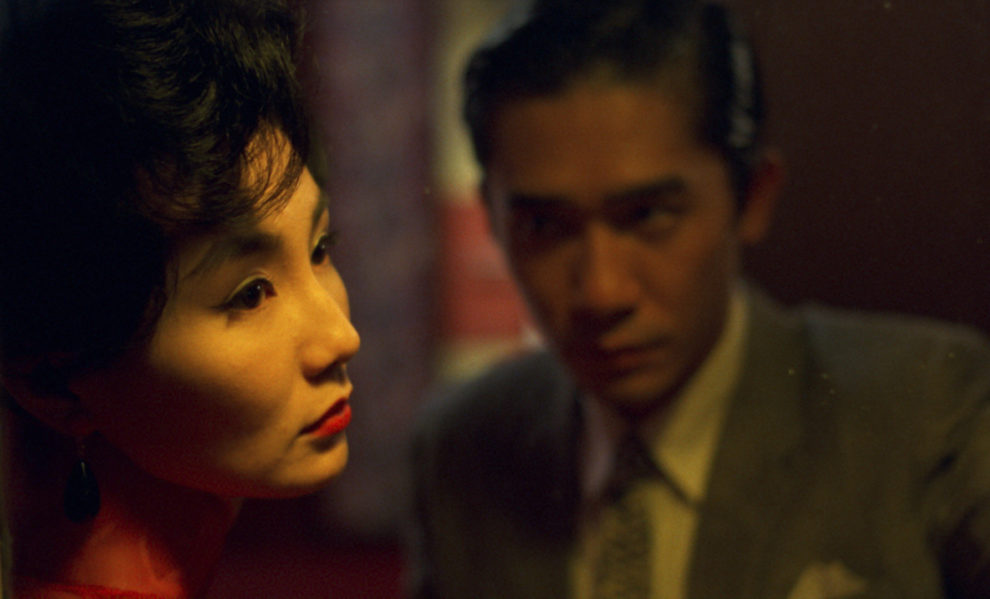

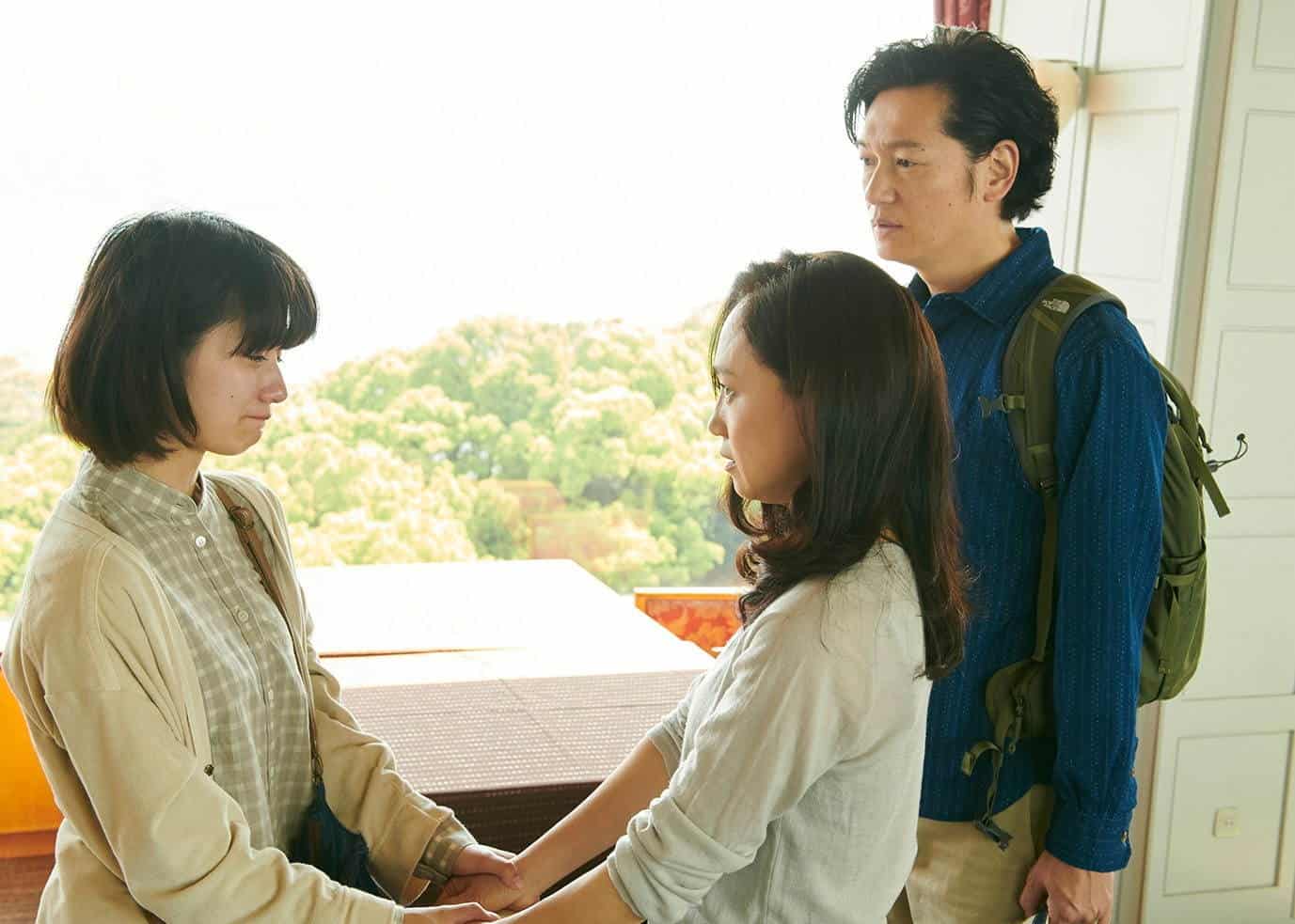
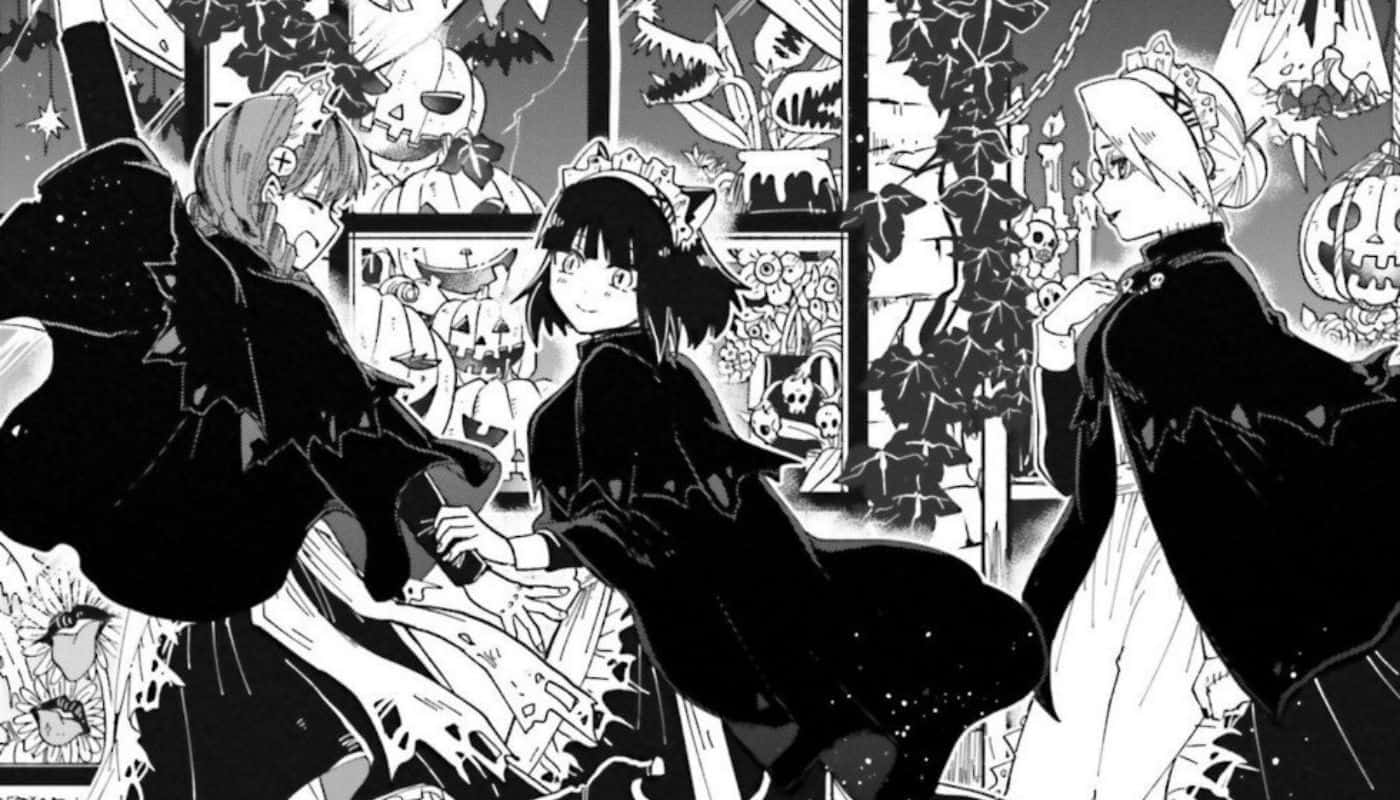

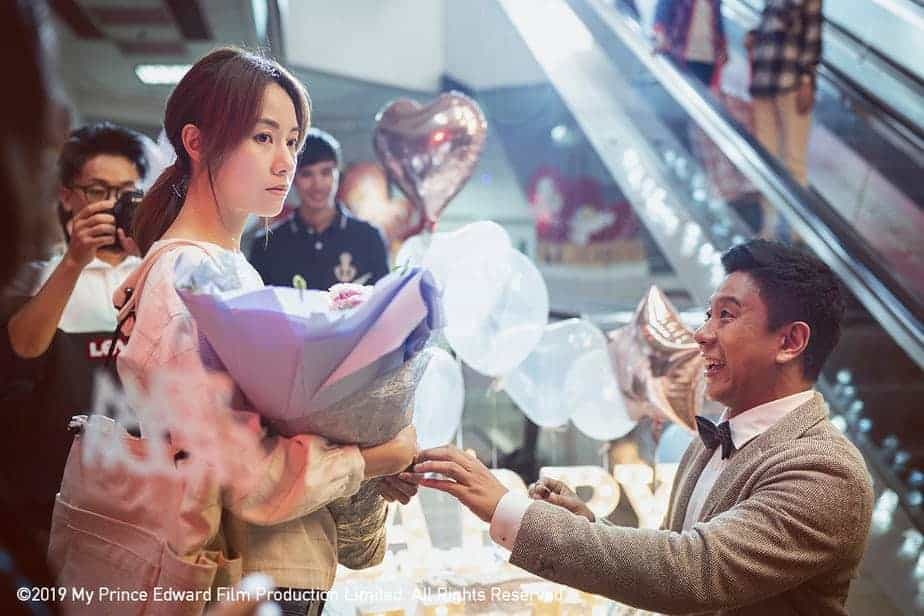
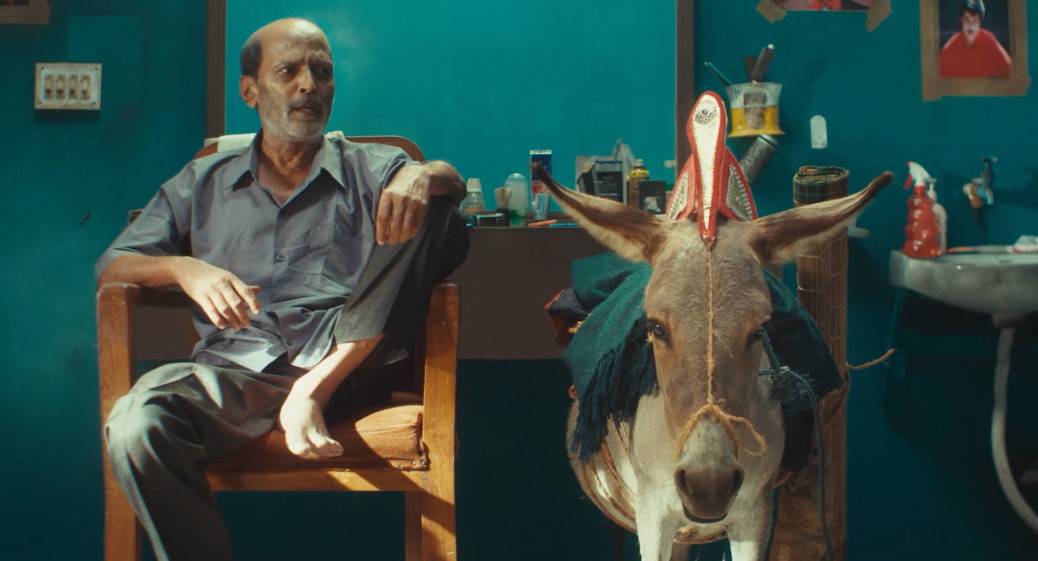
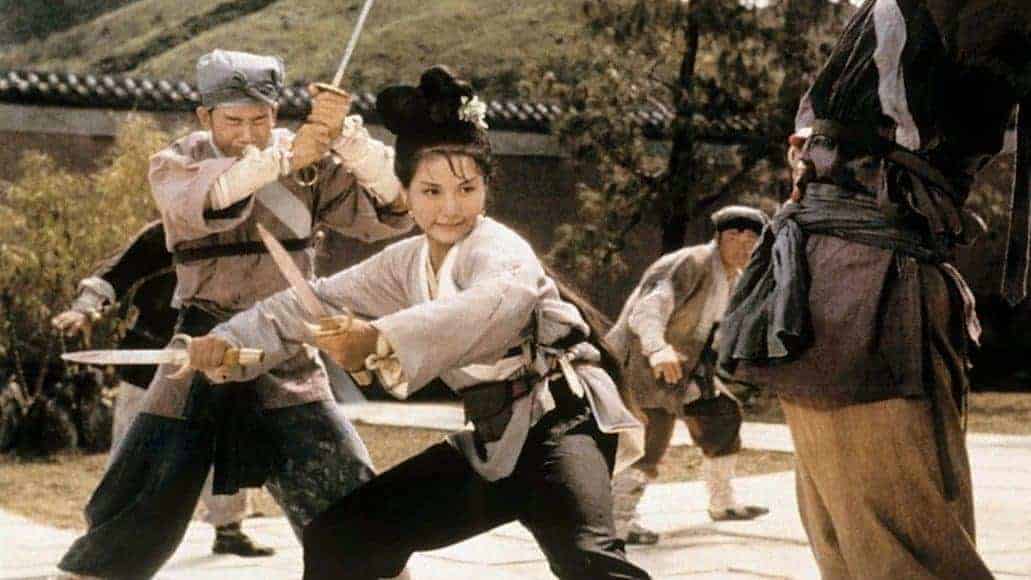







Am I really the first contributor to your magnificent explanation of this film? Raktim, I know you have already gone far. :)